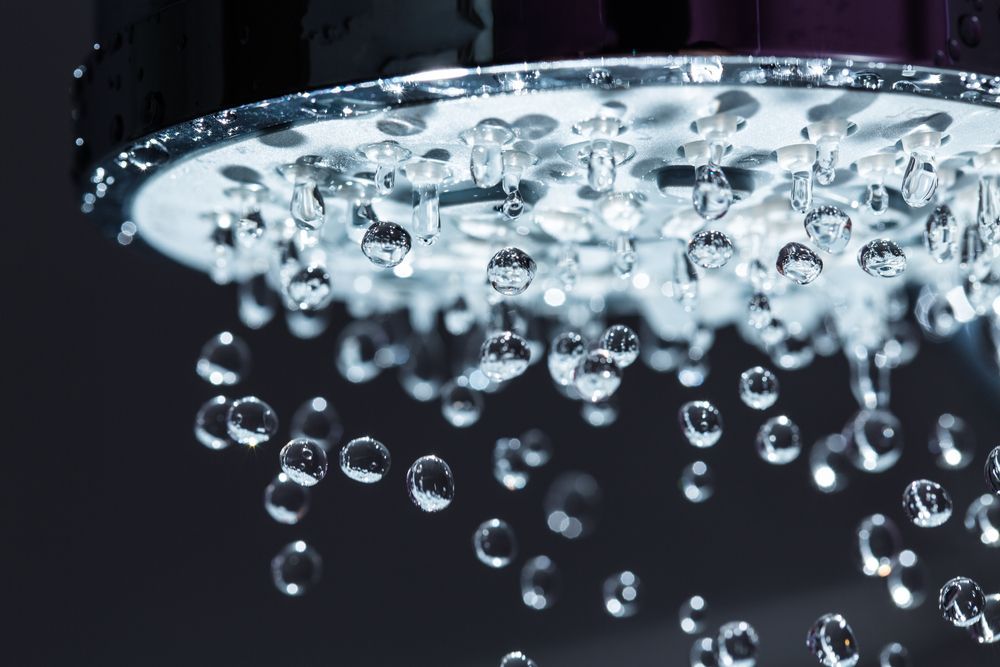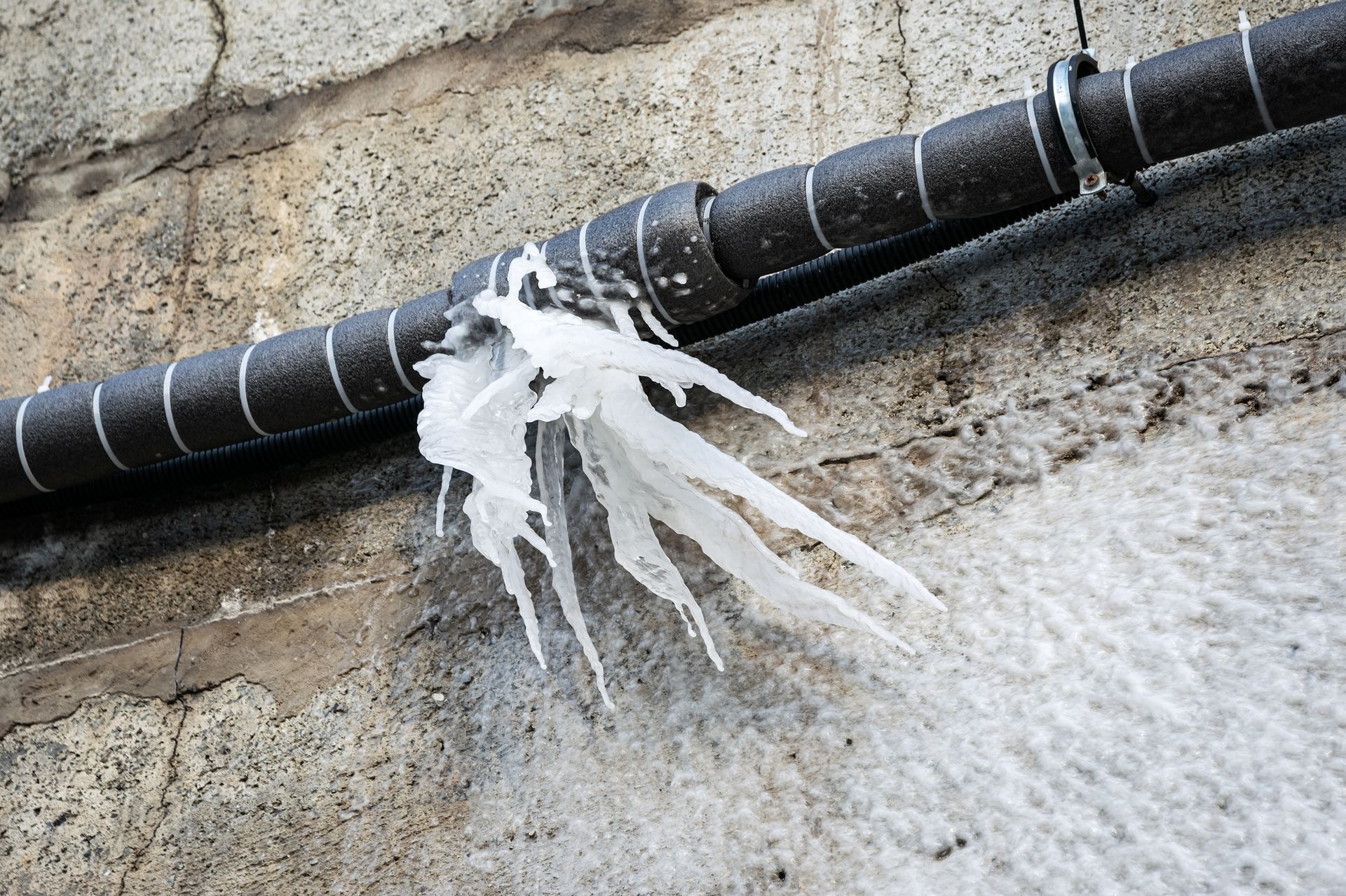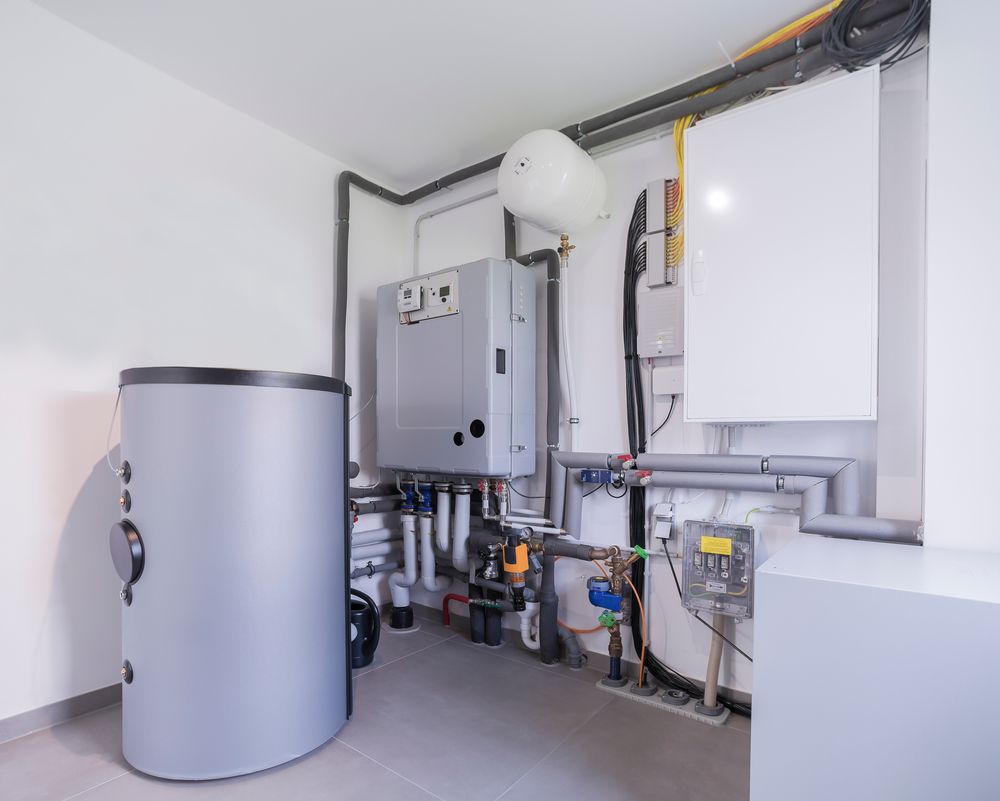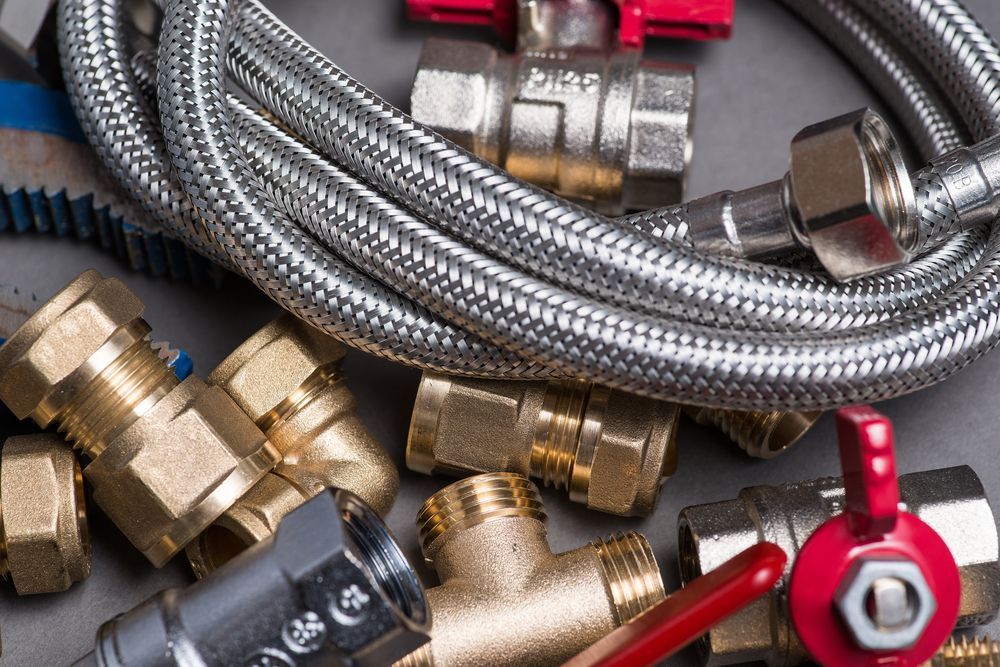Urgency in Every Call, Excellence in Every Job!
How to Winterize Your Sprinkler System
San Antonio Homeowners be Ready…
When temperatures drop, your sprinkler system becomes vulnerable to freezing, which can lead to damaged pipes, cracked valves, and expensive repairs. Preparing your sprinkler system for winter is vital, even if you live in an area with generally mild winters. A little effort now can save you from headaches down the road. In this guide, we’ll walk you through each step to winterize your sprinkler system, ensuring that it’s ready for the cold season.
Why Winterizing Your Sprinkler System Matters
Sprinkler systems are designed to deliver water efficiently to your lawn and garden. However, when water lingers in pipes during freezing temperatures, it can expand and cause cracks or ruptures. This issue often goes unnoticed until spring, when you turn the system back on and realize you have leaks or reduced water pressure.
Key Reasons to Winterize:
- Protect Against Freezing: Even small amounts of leftover water can freeze and expand.
- Reduce Repair Costs: Replacing damaged sprinkler components is far more expensive than prevention.
- Save Water in the Long Run: A well-maintained sprinkler system operates efficiently, reducing waste and lowering your water bill.
- Extend System Lifespan: Proper care helps ensure your system stays in good shape for years to come.
Signs Your Sprinkler System Needs Winter Prep
Not sure if your system needs this extra step? Here are a few indicators:
You Live in a Climate with Occasional Freezes: Even mild regions can experience sudden drops in temperature.
Your Pipes Are Exposed: Pipes that run above ground or through uninsulated garages are at higher risk.
Past Winter Damage: If your sprinkler system has had issues in previous seasons, it’s a clear sign to prepare.
Step-by-Step Guide to Winterize Your Sprinkler System
Below are practical steps to protect your sprinkler system from freezing temperatures. These steps can vary slightly depending on your system’s design, so always consult your user manual for any system-specific guidelines.
1. Turn Off the Water Supply
- Locate the Shut-Off Valve: Usually found in the basement, garage, or near the main water line.
- Close the Valve Tightly: This stops the flow of water to your sprinkler system.
- Open the Outside Taps: Let any remaining water in the line drain out.
Pro Tip: If you have a backflow prevention device, follow the manufacturer’s instructions to drain it properly.
2. Drain the System
To fully clear water from the pipes, you have three main methods: manual drain, automatic drain, or blowout. Choose the one that aligns with your system’s design.
Manual Drain Valve:
- Locate the drain valves at low points in your system.
- Open each valve until water stops flowing.
- Close the valves to prevent debris from entering.
Automatic Drain Valve:
- Some systems have valves that open automatically when the pressure drops.
- Simply shut off the water supply, and the valves will release the water.
- Check each zone to ensure no water remains.
Blowout Method:
- Use an air compressor to blow air through each zone, pushing out water.
- Maintain low pressure (between 40–60 PSI) to avoid damaging pipes.
- Perform in short bursts until no water exits the heads.
3. Insulate Exposed Components
Once the water is drained, protect the system’s key parts:
- Wrap Exposed Pipes: Use foam insulation or specialized insulating tape.
- Cover Backflow Preventers: Wrap backflow preventers and valves in insulating material to shield them from cold air.
- Secure Insulation: Duct tape works well to keep insulation in place.
Insulation is a small expense that offers significant protection against freezing. This is especially crucial in areas like unheated garages or basements.
4. Shut Down the Controller (If Applicable)
If your sprinkler system has an electronic controller or timer:
- Set to “Off” or “Rain Mode”: Prevents the system from automatically turning on.
- Unplug the Controller (Optional): In regions with harsh winters, this can save energy and reduce wear on electronics.
- Preserve Your Settings: If you don’t unplug, make sure your schedule and zone settings are saved for spring.
5. Final Inspection
Don’t skip a final walkthrough to confirm you haven’t missed anything:
Check All Valves: Ensure they’re closed if you used manual draining.
Look for Leaks or Drips: Especially around backflow preventers and sprinkler heads.
Store Hoses and Tools: Keep any draining hoses, air compressors, or other tools in a safe place for next season.
Bulleted Checklist for Final Inspection:
- Valves closed
- No drips or leaks
- Backflow preventer insulated
- Controller set to off/rain mode
- Hoses and tools stored
Frequently Asked Questions (FAQs)
Do I need to winterize my sprinkler system if I live in a milder region?
Yes, even mild regions like parts of San Antonio can experience unexpected freezes. Taking preventive steps ensures your system avoids costly damage.
Can I use an air compressor for the blowout method?
Yes, but keep the PSI between 40–60 to avoid damaging pipes. If you’re unsure, consulting a professional is best.
When is the best time to winterize my sprinkler system in San Antonio?
Aim for late fall, typically November. Keep an eye on local forecasts for sudden temperature drops.
How long does the winterization process take?
It depends on the size and complexity of your system. For most residential setups, expect 1–2 hours if you’re prepared with the right tools.
What if I notice a leak after winterizing?
Shut off the water supply immediately and inspect the area. If you can’t fix it yourself, call Stultz Plumbing for fast assistance at (210) 319-4642.
When to Contact a Professional
While many homeowners can handle the basics, sometimes it’s best to hire a professional. Consider professional help if:
- You’re unfamiliar with your sprinkler system’s layout.
- Your pipes are in hard-to-reach places, such as under decks or in crawl spaces.
- You’ve had previous issues with frozen pipes or extensive leaks.
- You prefer the peace of mind that comes from a licensed plumber taking care of the entire process.
Keep your sprinkler system safe this winter. If you’re short on time or unsure about any step, Stultz Plumbing is here to help. Call us at (210) 319-4642 or schedule an appointment on our website. With our expertise, you can avoid frozen pipes, cracked valves, and costly repairs.
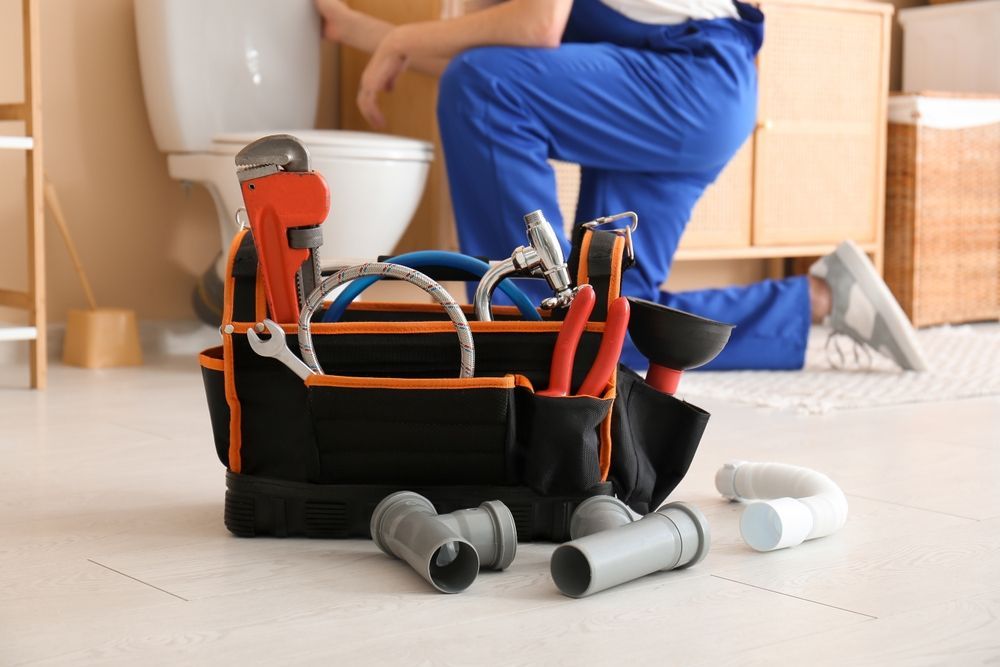

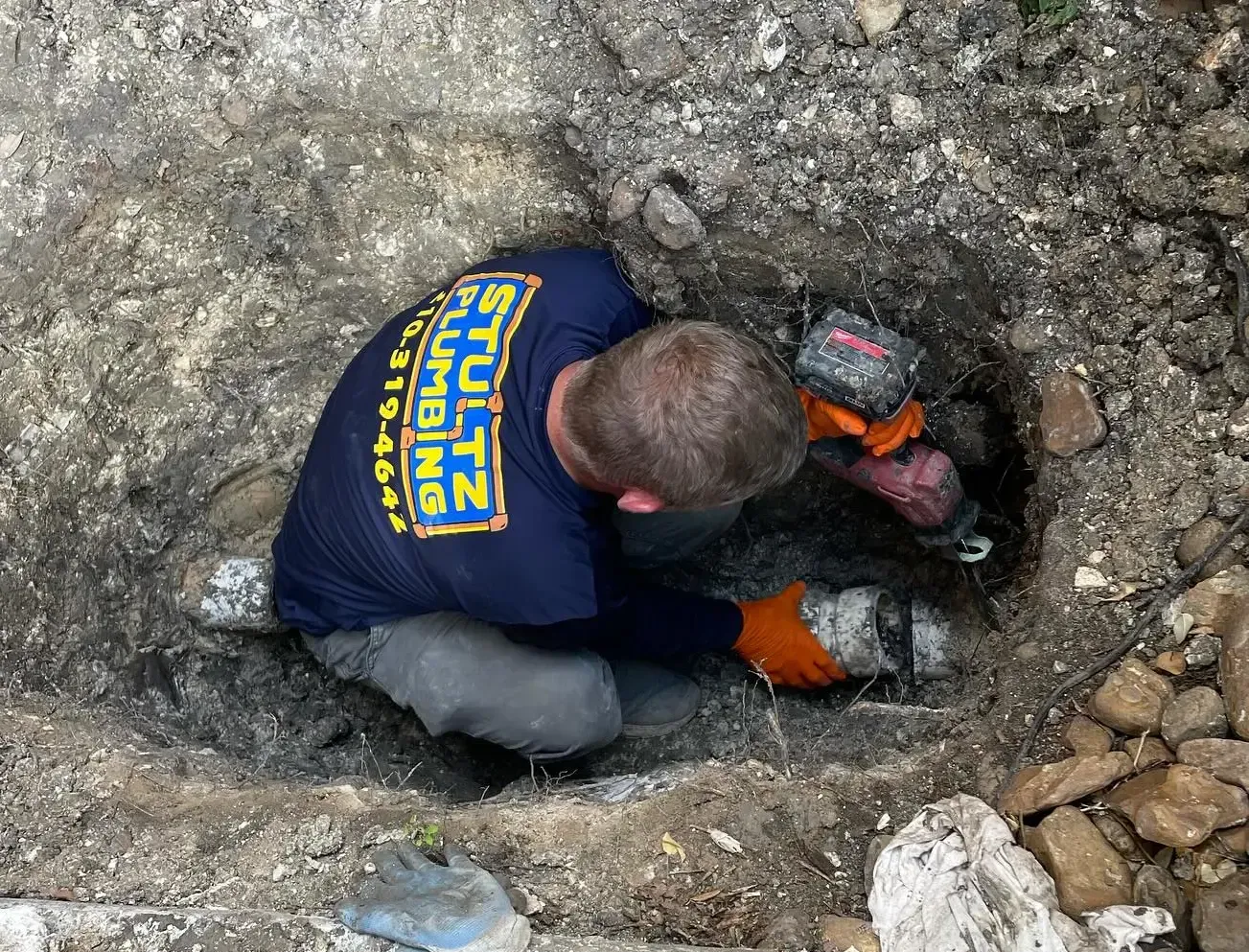
Facing plumbing issues in San Antonio?
Count on Stultz Plumbing for quick, reliable service.
Call Us Now
Quick Links
Plumber Solutions
Copyright © Stultz Plumbing | All Rights Reserved

